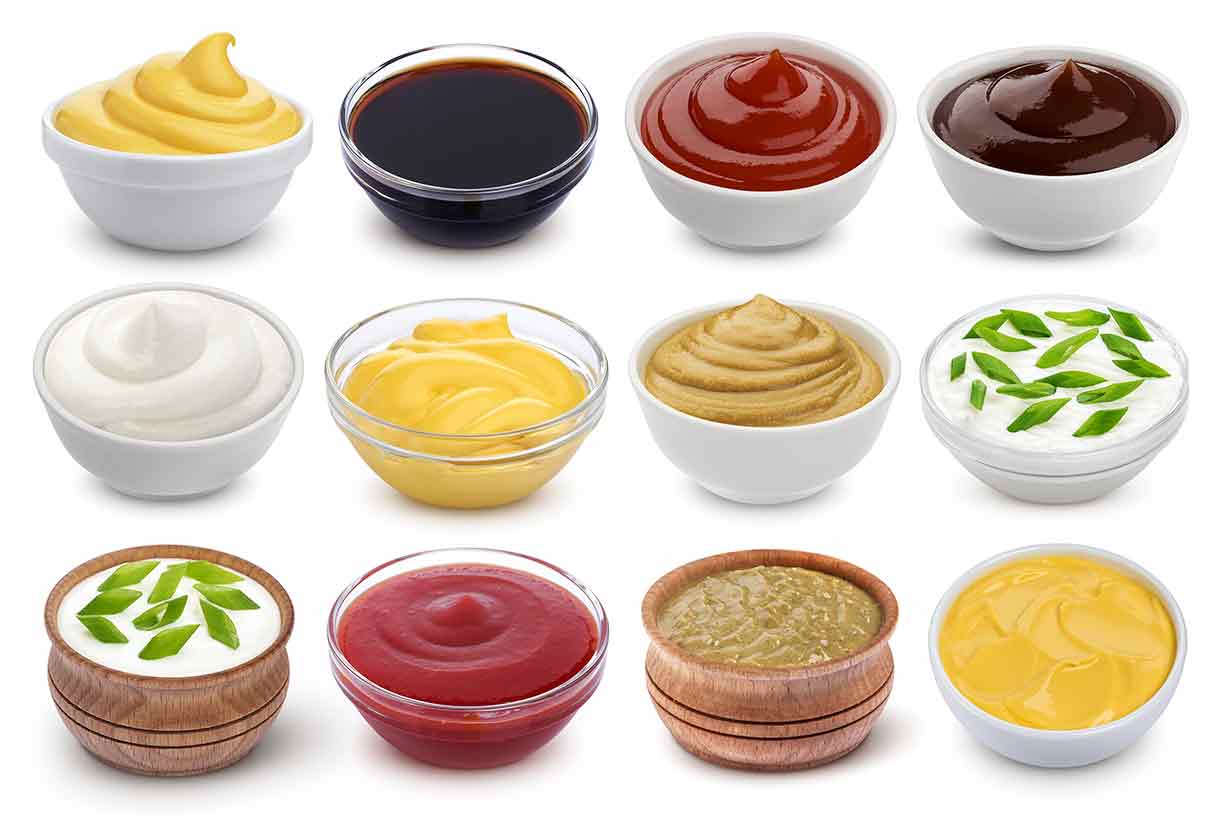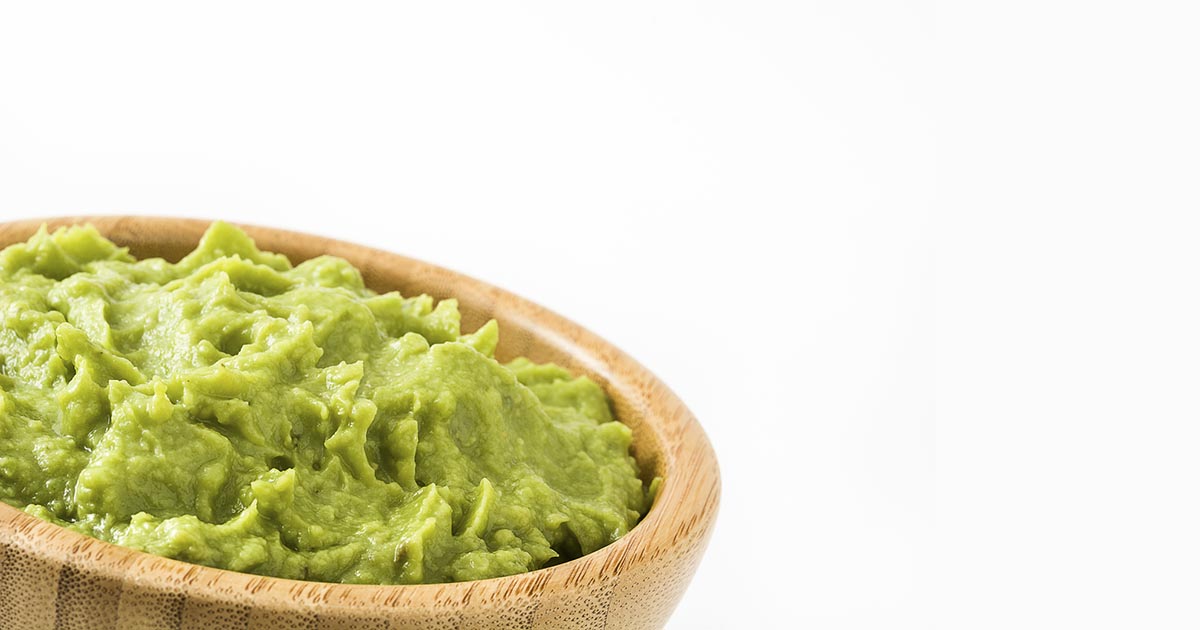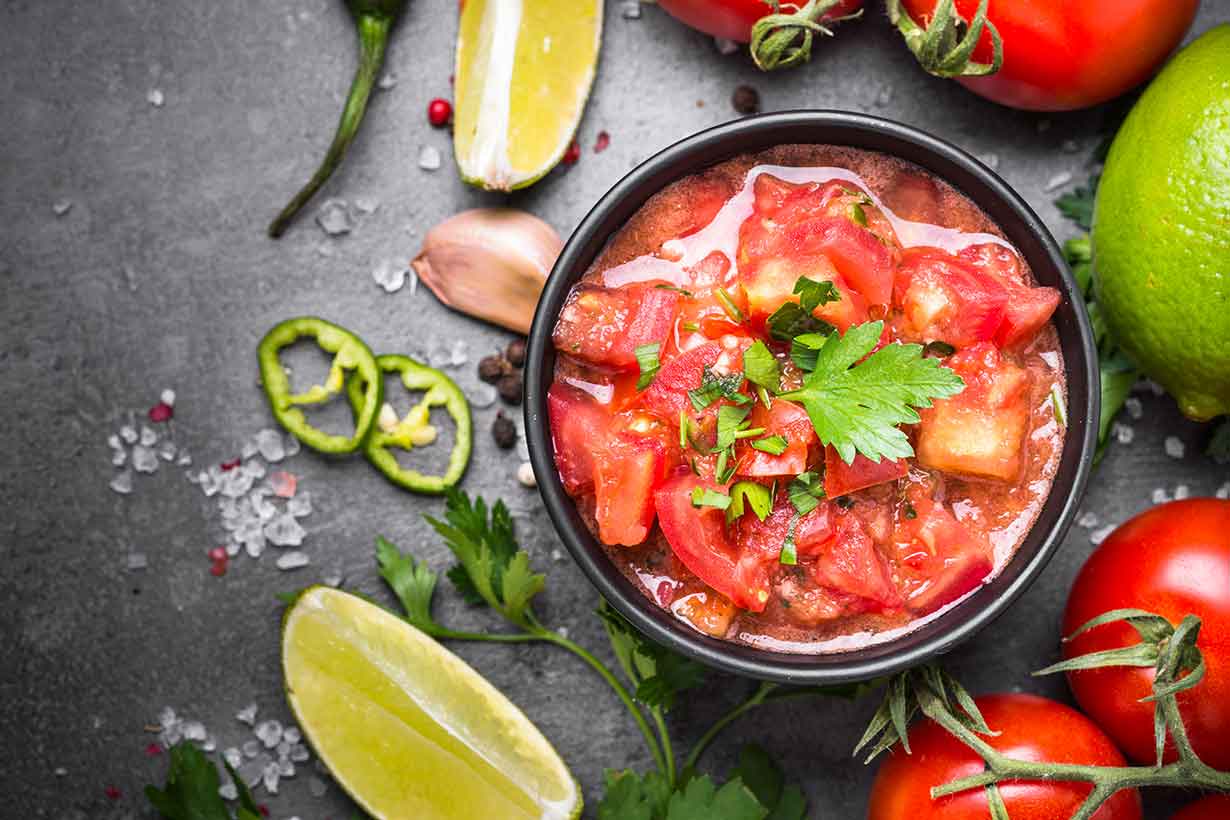Hummus is a tasty and popular condiment with Middle Eastern roots.
In Arabic, “hummus” translates directly to “chickpeas” and this legume is the condiment’s main ingredient.
In this article, we look at the ingredients of hummus, how to make it, the nutrition benefits, and how to use it.
What Is Hummus?
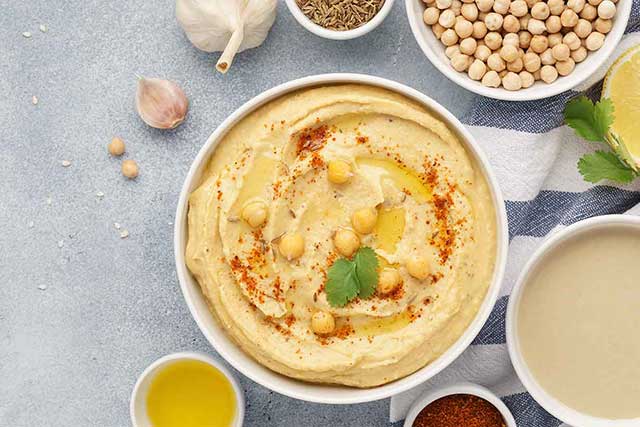
As mentioned, the roots of hummus lie in the Middle East.
Although the exact place of origin remains unknown, ancient records place first mentions of hummus in 13th century Egypt (1, 2).
Hummus plays a prominent role in the cuisine of several countries in the Middle East, and over the past decade or so, it has become increasingly popular internationally.
Generally speaking, hummus is served as a condiment, and people use it as a dip or a spread alongside other foods.
Ingredients
Firstly, there are many regional varieties of hummus that can feature numerous different ingredients.
However, the most common traditional hummus recipe includes the following base ingredients (1):
- Chickpeas
- Tahini (sesame seeds)
- Olive oil
- Lemon
- Garlic
Hummus may also include seasonings such as salt and various spices.
How To Make It
On the positive side, hummus is incredibly easy to make.
The old fashioned way involves putting all the ingredients into a mortar (bowl) and grinding them into a paste with a pestle (a bat-shaped heavy tool).
These materials are usually in the form of stone, ceramic, wood, iron, or granite, and they are what our ancestors used to grind ingredients into a paste. The first hummus would have been made using a mortar and pestle.
However, in the modern world of convenience, it is much easier to use a food processor.
For those with a food processor, just add each of the ingredients and then turn on the processor.
Following this, keep blending until the hummus develops a smooth texture.
Nutrition Facts
Hummus is relatively nutritious compared to other popular condiments.
In the table below, you can find the full nutritional values for a typical hummus per 100-gram serving.
The source of the nutritional data is the USDA Food Composition Databases (3).
| Calories/Nutrient | Amount |
|---|---|
| Calories | 177 kcal |
| Carbohydrate | 20.1 g |
| Fiber | 4.0 g |
| Sugars | 0.27 g |
| Fat | 8.59 g |
| Saturated Fat | 1.14 g |
| Monounsaturated Fat | 4.87 g |
| Polyunsaturated Fat | 2.11 g |
| Omega-3 | 0.07 g |
| Omega-6 | 2.04 g |
| Protein | 4.86 g |
| Vitamins | Amount |
| Thiamin (B1) | 0.17 mg (14.2 % DV) |
| Folate | 46.2 mcg (11.6 % DV) |
| Vitamin B6 | 0.12 mg (7.1 % DV) |
| Choline | 28.88 mg (5.3 % DV) |
| Riboflavin (B2) | 0.07 mg (5.3 % DV) |
| Pantothenic acid (B5) | 0.26 mg (5.2 % DV) |
| Niacin (B3) | 0.79 mg (4.9 % DV) |
| Vitamin K | 2.42 mg (2.0 % DV) |
| Vitamin C | 1.35 mg (1.5 % DV) |
| Vitamin E | 0.26 mg (1.7 % DV) |
| Vitamin A | 1.46 mcg RAE (0.2 % DV) |
| Minerals | Amount |
| Manganese | 0.57 mg (24.8 % DV) |
| Copper | 0.22 mg (24.4 % DV) |
| Sodium | 242.0 mg (10.5 % DV) |
| Zinc | 1.09 mg (9.9 % DV) |
| Phosphorus | 110.0 mg (8.8 % DV) |
| Iron | 1.56 mg (8.7 % DV) |
| Magnesium | 29.0 mg (6.9 % DV) |
| Selenium | 2.40 mcg (4.4 % DV) |
| Calcium | 49.0 mg (3.8 % DV) |
| Potassium | 173.0 mg (3.7 % DV) |
As shown in the table, hummus provides quite a wide range of essential nutrients.
Benefits of Hummus
Here is a quick summary of the potential benefits that hummus can offer.
1) Hummus is one of the healthier condiments
Generally speaking, most condiments—such as mayonnaise and ranch sauce—are lacking in nutritional value.
However, hummus (mainly) uses whole food ingredients, and as shown in the above nutrition table, it offers a good range of nutrients.
In this regard, some recent research compared several popular condiments to determine which is the most naturally nutrient rich (NNR).
For those unaware, the NNR is a score designed to assign nutritional value based on the nutrient-to-calorie ratio.
This particular study compared the following condiments (4):
- Bean dip
- Cream cheese
- Hummus
- Peanut butter
- Ranch dressing
- Salsa
- Sour cream
How did they compare?
The table below shows the NNR score for each of the condiments:
| Condiment | NNR Score |
|---|---|
| Bean dip | 82.36 |
| Cream cheese | 41.86 |
| Hummus | 98.42 |
| Peanut butter | 67.94 |
| Ranch dressing | 23.02 |
| Salsa | 89.29 |
| Sour cream | 42.95 |
As shown, hummus outperformed the other condiments for nutrient density.
Other whole-food-based condiments, such as peanut butter and salsa, also scored well.
The worst-performing was ranch dressing, which primarily consists of vegetable oil.
Hummus also offers a lot more nutritionally than mayonnaise, which is one of the most popular condiments globally.
2) Reasonably good source of protein
100 grams of hummus provide around five grams of protein.
While not a substantial amount, it is still a reasonable contribution from something consumed as a condiment.
The protein within hummus primarily comes from chickpeas. While not as bioavailable as protein from animal foods, chickpeas are one of the better sources of plant-based protein.
The current most accurate evaluator of protein quality is something called the ‘digestible indispensable amino acid score’ (DIAAS) (5, 6).
Based on these DIAAS protein quality score, research demonstrates that chickpeas outperform most other sources of plant protein (7).
You can see the data from the above-referenced study below; the higher the score, the better:
- Black beans: 0.49
- Chickpeas: 0.67
- Navy beans: 0.65
- Pinto beans: 0.60
- Green lentils: 0.58
- Red kidney beans: 0.51
- Red lentils: 0.50
- Yellow lentils: 0.73
3) Low glycemic index
For those who are trying to monitor their blood sugar levels carefully, hummus has a low glycemic index (GI).
The GI is low because hummus contains large amounts of fiber and fat from chickpeas, olive oil, and sesame seeds. These nutrients will slow down the digestion of hummus, thus leading to the low GI.
On this note, a recent trial showed that hummus has a GI of 15, which means it should have minimal impact on postprandial (post-meal) blood sugar (8).
The study also demonstrated that adding hummus to white bread reduces the glycemic impact of the bread.
That said, white bread isn’t a healthy food choice. Nor is it likely to be a typical food for those who are closely monitoring their blood sugar levels.
How To Use Hummus
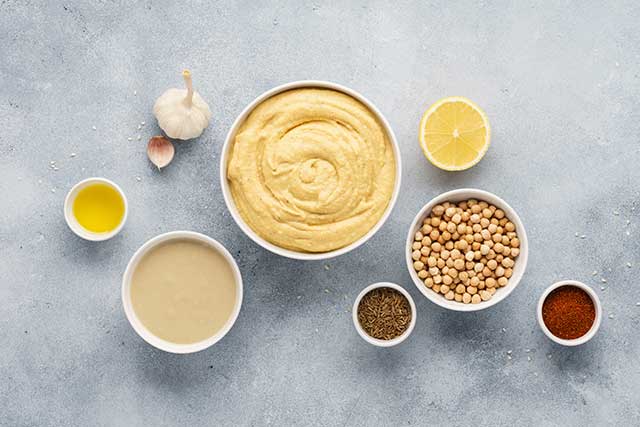
There are many different ways in which we can use hummus.
For those struggling for ideas, here are some ways to use it.
1) Make avocado hummus
Otherwise known as guacamole hummus, combining hummus and guacamole has become a popular recipe.
While there are plenty of recipes available online, literally combining ready-made guacamole and hummus works well.
For those that would prefer detailed direction, there is a good recipe that is full of healthy ingredients here.
2) Hummus-crusted meat
It might sound strange, but hummus-crusted meat is a thing.
To make this, simply coat your choice of meat in the hummus and then bake until its done.
The hummus surrounding the meat will become crispy once fully cooked.
Here is a tasty looking recipe for crusted chicken, but you could use any meat you prefer.
3) As a filling for a baked potato
For those that enjoy baked potatoes, hummus can work well as a filling.
Just cook some baked potatoes, split them open and fill with hummus.
4) In a wrap
Due to its paste-like texture, hummus can also work well in a wrap.
Combine with some meat/cheese, tomatoes, and salad items of choice for a tasty meal.
For those who follow gluten-free diets or otherwise don’t eat wheat, it is possible to use a wide variety of alternatives for this, such as flaxseed wraps.
5) As a dip
It is traditional to use hummus as a dip.
The healthier way of eating it in this way involves crunchy vegetables such as celery and raw carrots.
Final Thoughts
Each serving of hummus supplies a moderate range of protein, fiber, fat, vitamins, and minerals.
For this reason, it is one of the more nutritious choices of condiment, and it certainly offers more than things like mayo and ranch sauce.
As a bonus, hummus is also quite versatile, and it works well in many different recipes.

